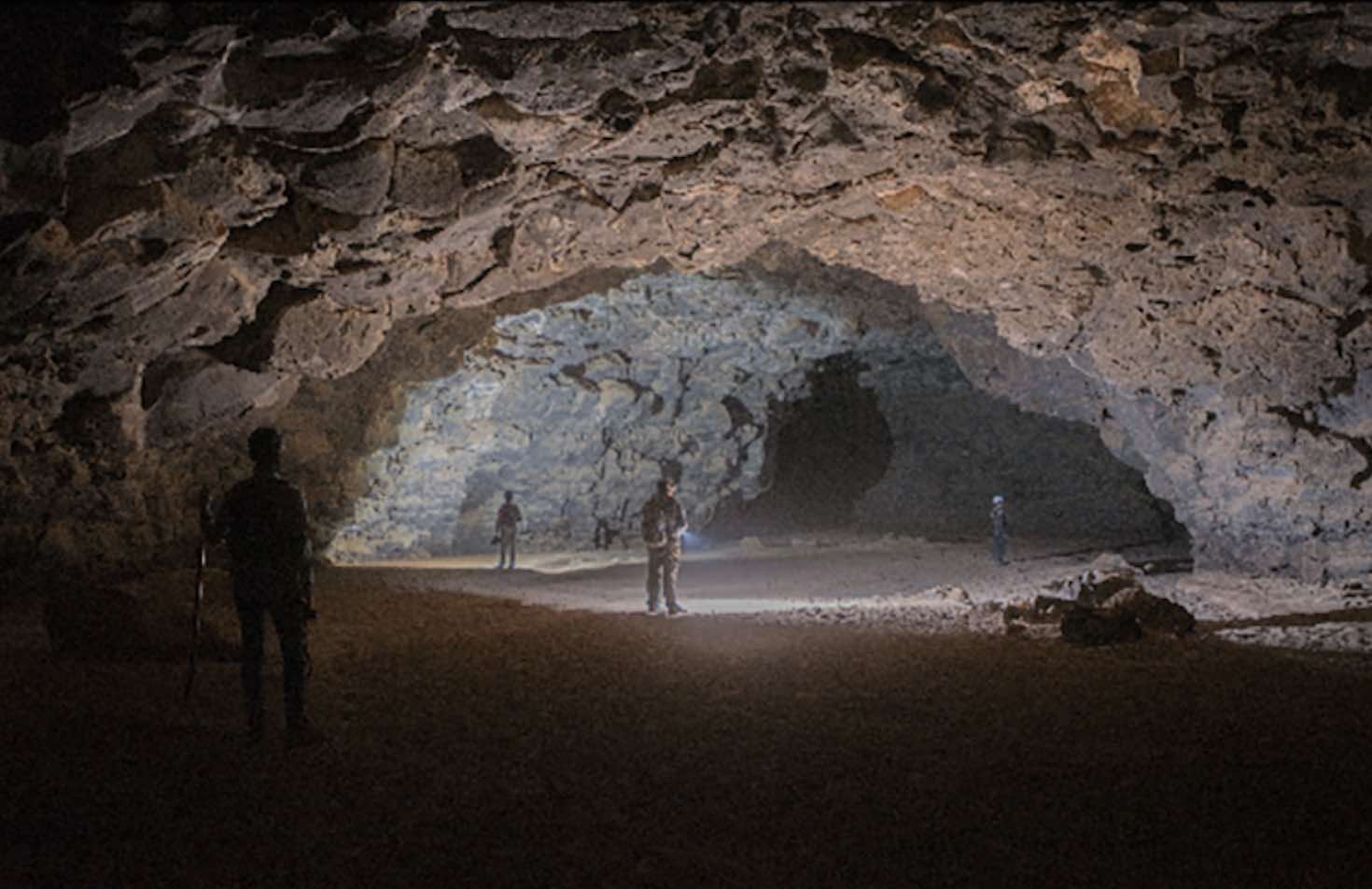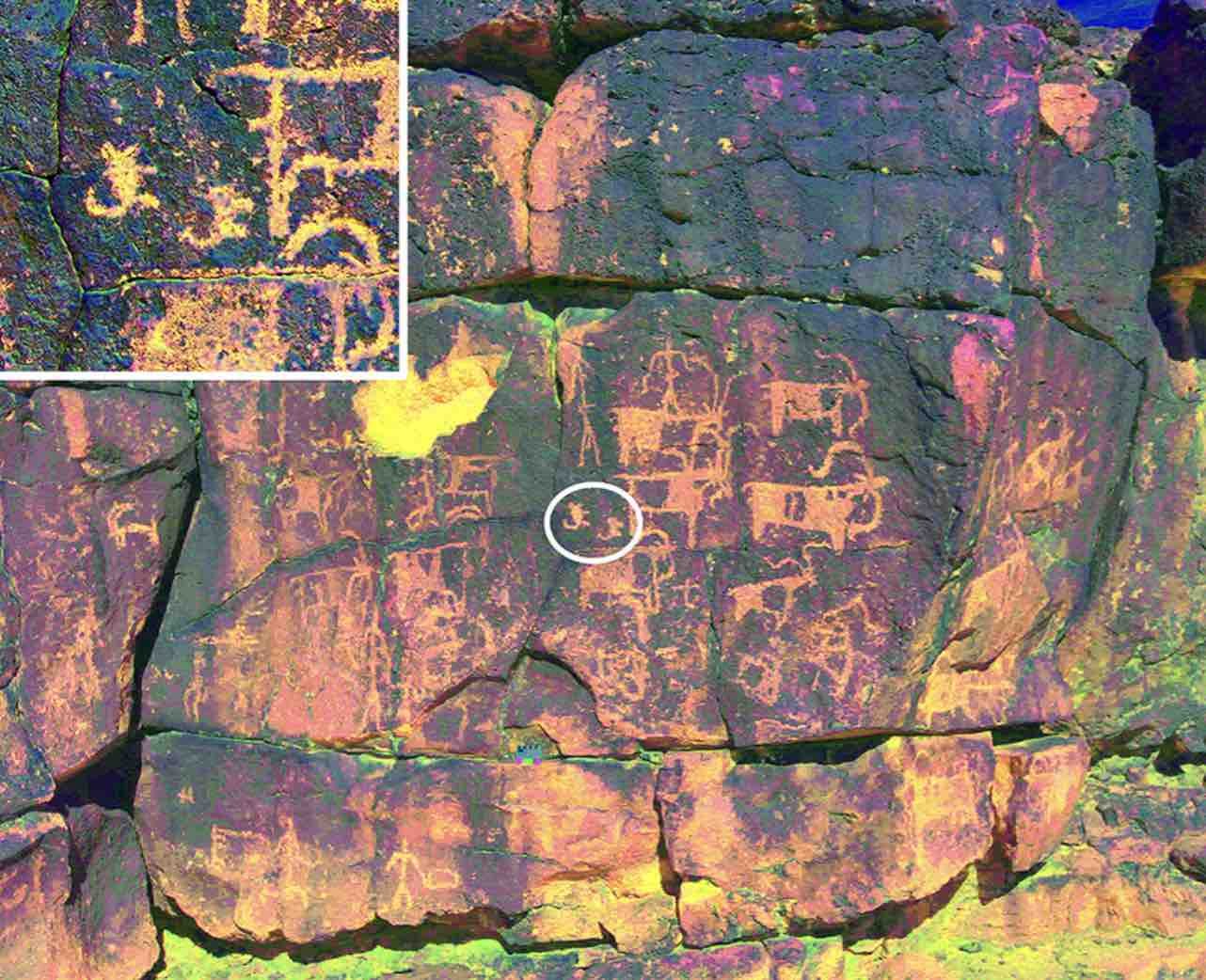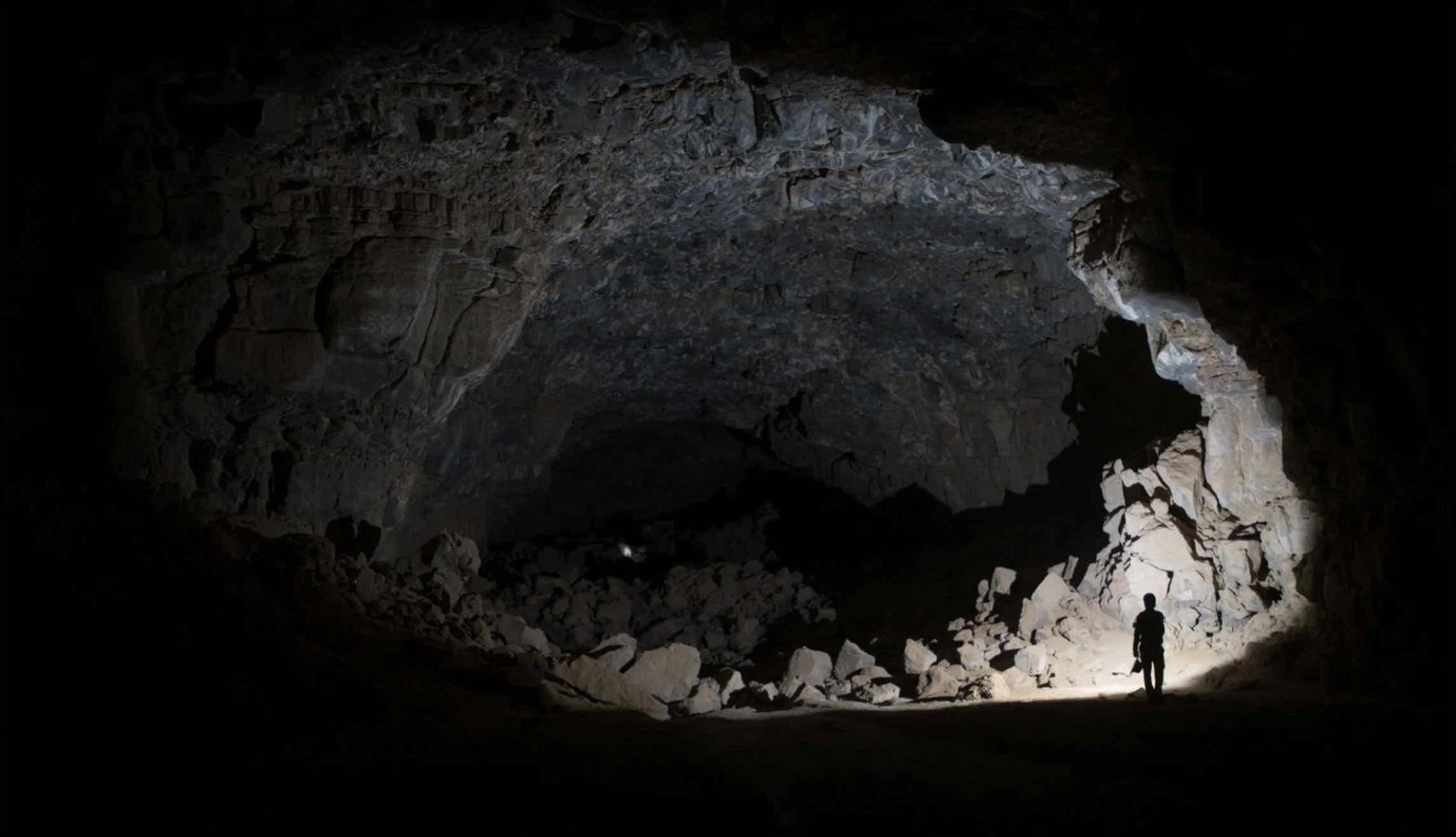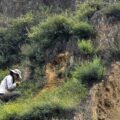Archaeologists say new insights into the activities of ancient humans in Arabia are finally revealing themselves, thanks to a series of remarkable archaeological discoveries unearthed deep within ancient lava tube caves in northern Saudi Arabia.
Amidst the challenges imposed by limited preservation of archaeological sites in arid desert environments, the recent research, led by researchers with Griffith University’s Australian Research Centre for Human Evolution (ARCHE) and an international team of collaborators, took them deeper than ever before in their search for answers about the ancient past, quite literally.
Recent explorations of underground sites, including caves and lava tubes, have revealed an abundance of uniquely preserved archaeological evidence, revealing for the first time many previously unknown aspects of the way of life of Arabia’s early inhabitants.
Umm Jirsan is an underground archaeological site that dates from the Neolithic to the Chalcolithic/Bronze Age periods, roughly between around 10,000 to 3,500 years ago. The site has revealed numerous periods during which humans occupied the area, revealing pastoralist activities that once provided sustenance to the ancient dwellers within vast, cavernous lava tubes in the region.


Lava tubes are caves created when lava passes through natural channels and eventually cools into dark-colored stone. Over long periods, as the rock above the hardened lava gradually widens, it forms a roof over the molten rock beneath it, which eventually exits and leaves behind a cave tunnel.
These caves formed from ancient lava flows would naturally have been attractive to ancient residents of the region for the shelter they provided. Fortunately for archaeologists, these caves also preserve the rich heritage of the ancient people who inhabited Arabia far better than the arid landscape above.
“Our findings at Umm Jirsan provide a rare glimpse into the lives of ancient peoples in Arabia,” said Dr. Mathew Stewart, lead researcher and a Research Fellow at ARCHE, in a statement.
Among the evidence of ancient human activity at the site are rock art depictions of animals, as well as the actual remains of fauna hunted in the region, which reveal the presence of sheep, goats, cattle, and dogs, all pointing to the likely herding of livestock by the ancient residents of the area.


Over time, the region’s protein-rich diets began to be increasingly complemented by vegetation consumption, coinciding with the prehistoric emergence of oasis agriculture.
Although similar information has long existed for other surrounding regions, Stewart and his colleagues say the recent studies at Umm Jirsan and nearby areas represent a new milestone in the archaeology of Arabia and present the first comprehensive investigation focusing on underground archaeology in Saudi Arabia.
“These findings underscore the immense potential for interdisciplinary investigations in caves and lava tubes, offering a unique window into Arabia’s ancient past,” said Professor Michael Petraglia, Director of ARCHE.
Along with highlighting the importance of multidisciplinary approaches in our study of the ancient past, the team’s work also points to the global significance the team finds in Arabia’s archaeological heritage, offering a rare glimpse into the landscape and, significantly, the ancient people who once thrived there.
Micah Hanks is the Editor-in-Chief and Co-Founder of The Debrief. He can be reached by email at micah@thedebrief.org. Follow his work at micahhanks.com and on X: @MicahHanks.

